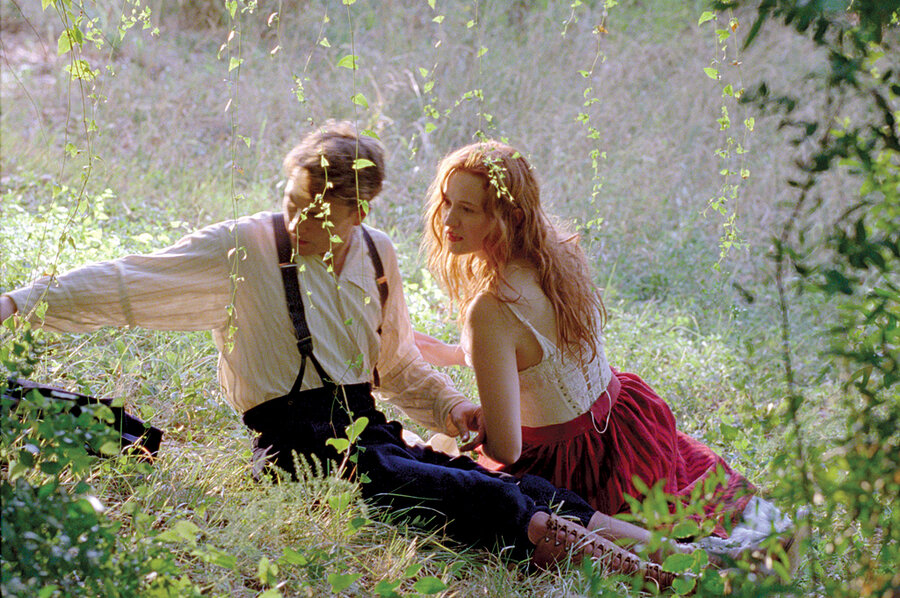'Renoir' explores the final chapter in the life of the Impressionist
Loading...
It is exceedingly difficult for a movie to convey the life of a great artist. You can portray the drama of the life itself apart from the artistry, but for most great artists, their life is their art. And how do you dramatize the process of creation without either boring the audience or resorting to “aha!” moments.
Gilles Bourdos, the co-writer and director of “Renoir,” has at least minimized the difficulties lurking inside the Great Artists biopic genre by limiting his narrative to the final chapter in the life of the great Impressionist Pierre August Renoir.
His method has an added dramatic benefit, if one can call it that: At the end of his life, Renoir was so painfully hobbled by arthritis that his hands had to be bound in order for him to grip a paintbrush. These impediments give the master’s artistic struggles a kinesthetic force. Renoir, who started out painting porcelain dishes and considered himself an artisan, revered the sensuousness of the everyday. His physical ordeals were all of a piece with his desire to capture the tactility of flesh on canvas. He says in the film to his son, Jean, who is recuperating from war wounds: “The pain passes, but beauty remains.”
Jean, of course, is the young man who will grow into one of the greatest of all filmmakers, the Jean Renoir who made “La Grand Illusion” and “The Rules of the Game.” He figures in the story as much as his father, so the film’s title is, in a sense, a double homage.
Renoir the father – referred to as “Renoir” by his family and “the boss” by his devoted house staff – is played by the great French actor Michel Bouquet, who, at 87, is nine years older than was the painter in his last year. (He died in 1919.) Bouquet bears a remarkable resemblance to the photos of the painter at the end of his life. The Renoir canvases in the film, both the ones we see him paint and the ones festooning the walls of his rambling home in Cagnes-sur-Mer in the south of France, also look remarkably authentic. For this we must thank the master art forger and ex-convict Guy Ribes, who fashioned the reproductions, this time legally.
Besides Renoir and Jean (Vincent Rottiers), there is a third major character, the teenage Andrée (Christa Theret), an impudent redheaded model who becomes Renoir’s final muse and Jean’s lover. (Eventually they married; she starred in his early movies before they divorced.) Renoir says of her skin, of which we see plenty, that it takes the light like no one else’s. Thanks to Mark Ping Bing Lee’s shimmering cinematography, we can only assent.
Bourdos is so enthralled by the painterly tableaux he puts before us that his film continually skirts lethargy (albeit pleasingly so). Although he does a fine job of giving us a Renoir free of hoary clichés, he doesn’t lift the relationship between Jean and Andrée into the same stratosphere.
Jean is callow and idealistic; Andrée is impulsive and beguiling. Their developing romance is sketchy and conventional – a flat portrait against a rich backdrop. This may not matter if one is simply content to spend time with these people. They are, after all, prime players in the history of art. But shouldn’t we demand more of a movie that otherwise situates them in such a resonant frame? The sequences of Renoir and his chambermaids luxuriating in the sun-soaked countryside summon up not only Renoir’s paintings but also such great Jean Renoir films as “A Day in the Country.”
“Renoir” at least looks like a great movie. If you want a full-scale immersion in this material, I recommend “Renoir, My Father,” Jean Renoir’s wonderful 1958 biography. This book is the touchstone for all matters Renoir, both père and fils. Grade: B (Rated R for sequences of art-related nudity and brief language.)







